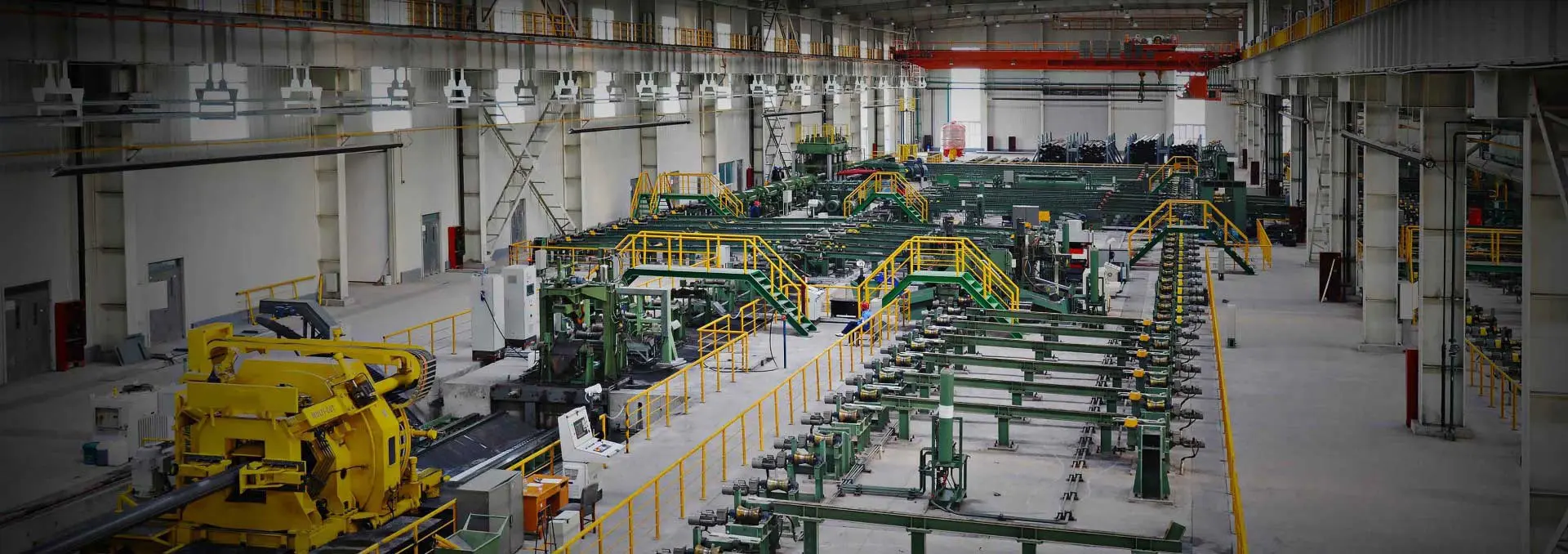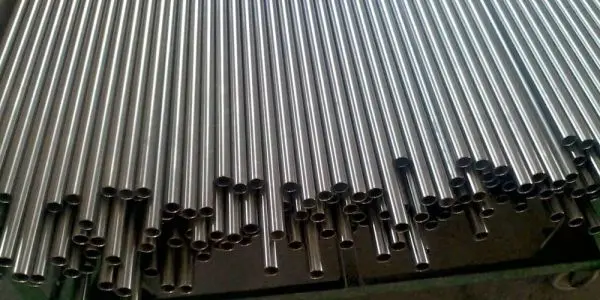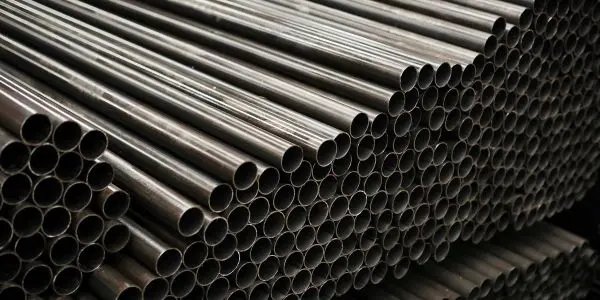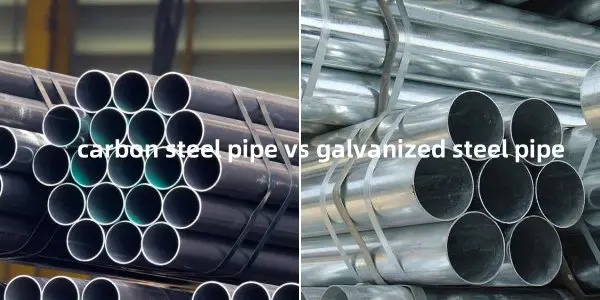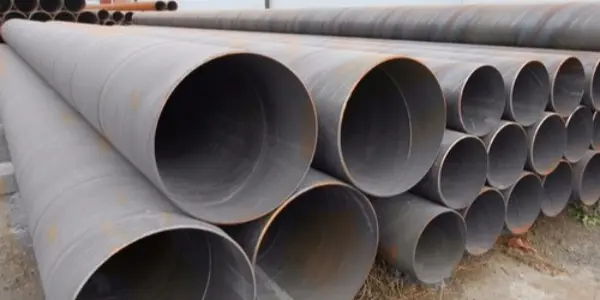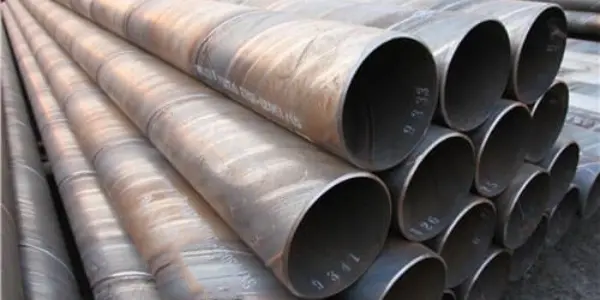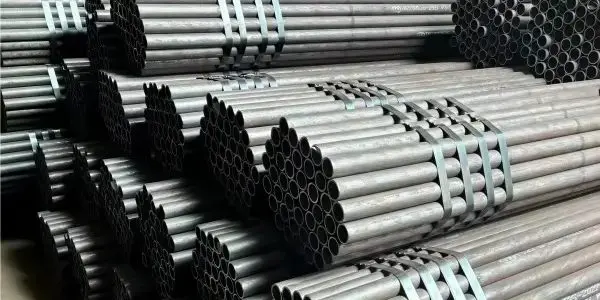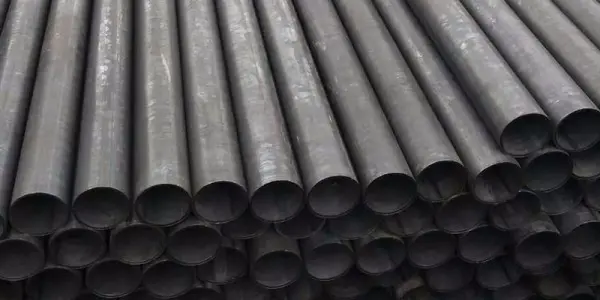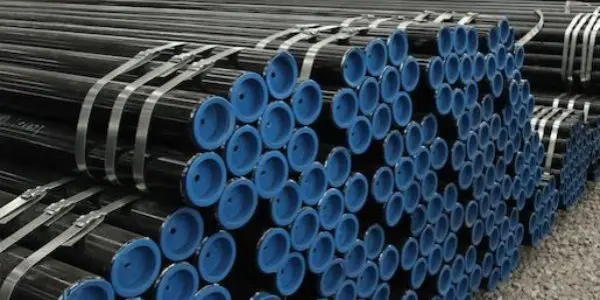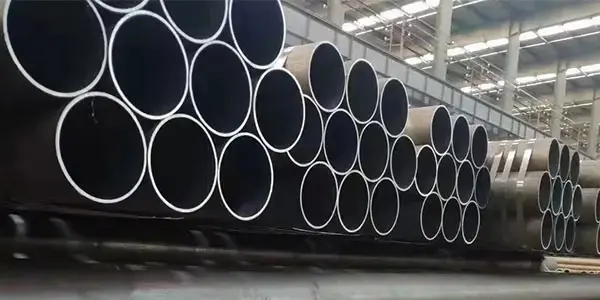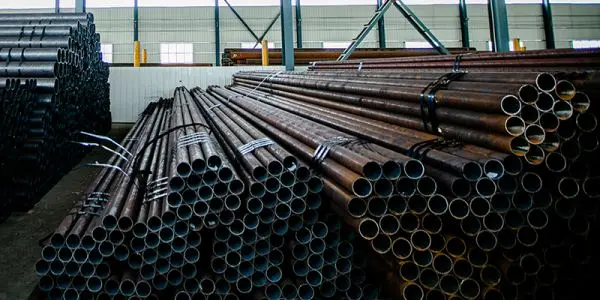-
Common boiler tube sizes and uses
Boiler tubes are critical components in systems that convert water into steam or hot water, playing a vital role across various industrial processes. This article will briefly introduce common boiler tube sizes and uses.
Read More
-
Carbon steel pipe sizes
When it comes to industrial piping, carbon steel pipes are a go-to choice for their strength, durability, and versatility. But one question often arises—what sizes do carbon steel pipes come in? Whether you’re working in construction, oil and gas, or manufacturing, choosing the right pipe size is critical to ensure system compatibility, pressure control, and long-term performance. In this article, we’ll break down the common sizing standards for carbon steel pipes, explain how dimensions like outer diameter (OD), wall thickness, and schedule work together, and help you navigate between nominal pipe size (NPS) and actual measurements. Whether you’re new to piping systems or just need a quick reference, this guide will help you understand carbon steel pipe sizes with clarity and confidence.
Read More
-
Carbon steel pipe vs galvanized steel pipe
With so many types of steel pipes available on the market, it's easy to feel overwhelmed when choosing the right one for your project. Among the most commonly used are carbon steel pipes and galvanized steel pipes. While they may look similar at first glance, these two types of pipes have significant differences in their materials, production processes, surface treatments, and performance characteristics. Let’s break down the key distinctions between carbon steel and galvanized steel pipes to help you make an informed decision.
Read More
-
Market demand and future development trends for large-diameter SSAW steel pipes
As global infrastructure continues to expand and industries pursue more efficient, sustainable solutions, large-diameter spiral submerged arc welded (SSAW) steel pipes are playing an increasingly vital role. With their superior strength, adaptability, and performance in harsh environments, these pipes are seeing rising demand across multiple sectors. Below is a detailed analysis of the current market drivers and future development trends of large-diameter SSAW steel pipes.
Read More
-
Technical advantages for large-diameter SSAW steel pipes
Large-diameter spiral submerged arc welded (SSAW) steel pipes are widely recognized as a key material in numerous engineering applications. In recent years, their technical benefits have gained increasing attention across various industries. As a professional in the field, I would like to elaborate on the core technical advantages of large-diameter SSAW steel pipes from the following perspectives.
Read More
-
Special requirements for seamless carbon steel pipes during annealing
Seamless carbon steel pipes are pipes made from carbon steel through hot rolling, cold rolling, or cold drawing processes. They are widely used for their uniform internal structure and high strength. This article will briefly introduce special requirements for seamless carbon steel pipes during annealing.
Read More
-
The price of American standard seamless steel pipe in the international market
The price of American standard seamless steel pipes in the international market is influenced by various factors, making it challenging to provide an exact figure. However, by examining the following key aspects, as summarized by Union Steel Industry Co., Ltd., we can better understand the components and factors affecting the price.
Read More
-
Customization guide for seamless carbon steel pipe
Seamless carbon steel pipes are widely used across industries such as oil and gas, construction, and energy infrastructure due to their high strength, durability, and corrosion resistance. To fully leverage their performance in diverse applications, tailored customization is often essential to meet specific project requirements. This article outlines the key aspects of seamless pipe customization—from material selection and dimensional modification to surface treatments, feature additions, and real-world application alignment—offering valuable insights for professionals in machinery manufacturing, construction, and engineering fields.
Read More
-
Material factors of seamless carbon steel pipes
Seamless carbon steel pipe is a long steel tube with a hollow cross-section, widely used for transporting fluids such as oil, natural gas, coal gas, water, and certain solid materials. Compared to solid steel bars like round steel, seamless pipes offer the same bending and torsional strength while being lighter in weight. This makes them an economical cross-sectional material commonly used in the manufacturing of structural and mechanical components, including oil drilling pipes, automotive drive shafts, bicycle frames, and steel scaffolding in construction.
Read More
-
Details of high-quality X52N seamless steel pipes
With the rapid growth of China's economy, the energy industry has experienced significant expansion. As a critical component in this sector, the quality and performance of seamless steel pipes directly impact the safety and stability of energy operations. Among them, X52N seamless steel pipes stand out for their superior material properties and reliable performance, playing a key role in supporting the development of the energy industry.
Read More

 English
English Español
Español




 Tel : +86-18565811709
Tel : +86-18565811709 Email :
Email : 